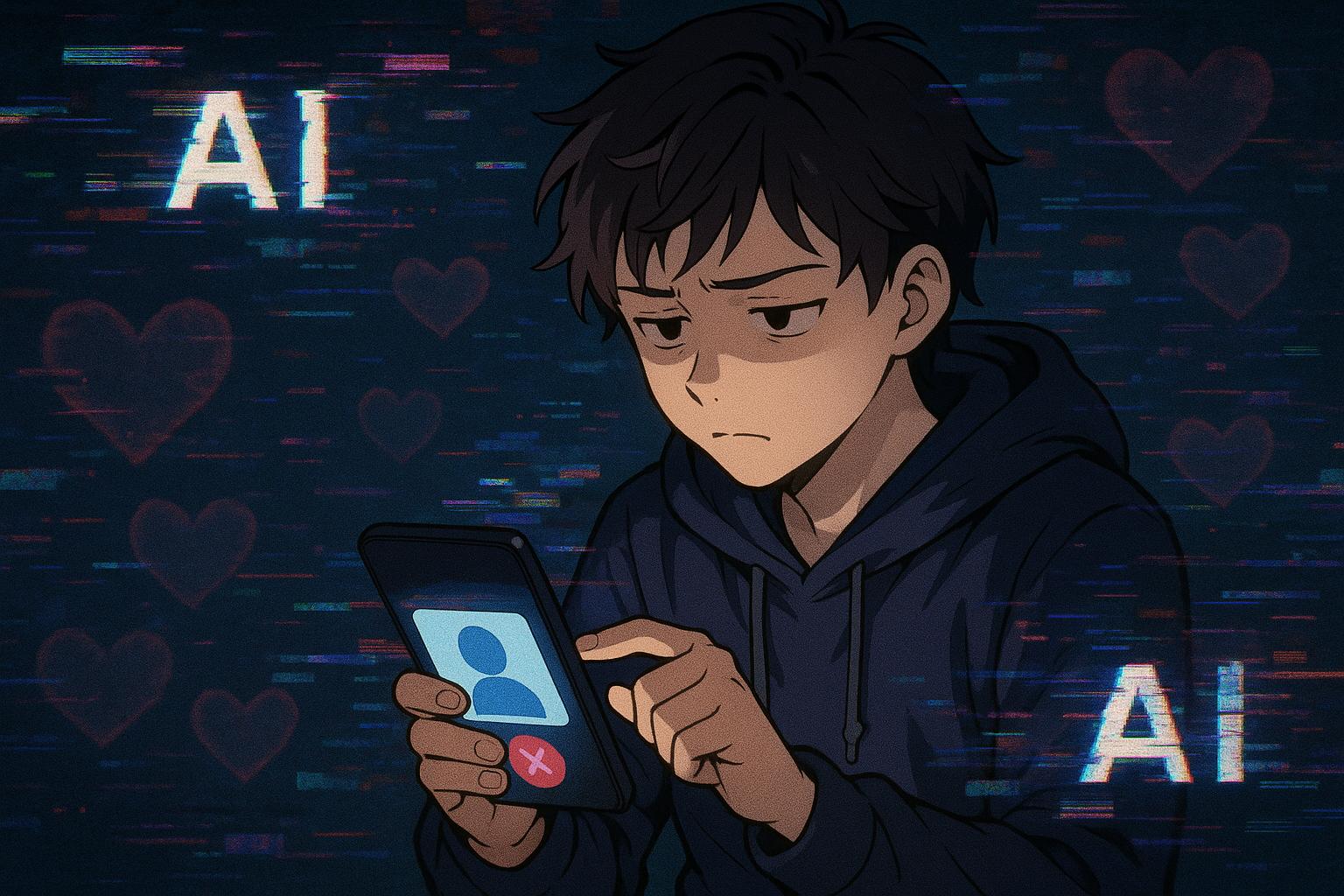Dating apps revolutionised the landscape of romantic relationships, allowing individuals to connect with potential partners at the swipe of a finger. However, recent trends indicate a significant decline in user engagement across some of the biggest dating platforms in the UK. Data suggests that in the past year, major apps like Tinder, Bumble, and Hinge collectively lost over a million users. This decline is attributed to mounting frustrations and boredom, highlighting a critical juncture for the industry.
Research indicates that user dissatisfaction largely springs from a lack of genuine interaction, exacerbated by inconsiderate conduct from other users. Ghosting, flaking, and mundane conversations have fostered a sense of disillusionment among users. As frustrations accumulate, many individuals find themselves caught in a “boredom cycle,” a phenomenon that begins with idle curiosity about online dating, only to devolve into uninspired and repetitive exchanges. This cycle not only discourages meaningful interactions but also contributes to a widespread sense of disappointment.
The role of artificial intelligence in these platforms is crucial to understanding this decline. While intended to enhance user experience through efficient matchmaking, AI in dating apps often prioritises short-term engagement metrics over genuine compatibility. The algorithms increasingly focus on simplistic indicators, such as swipes and message frequency, resulting in a barrage of fleeting connections rather than lasting relationships. Unlike earlier dating websites, which employed detailed profiles and compatibility quizzes to facilitate authentic connections, contemporary apps utilise less transparent AI models. This evolution has sparked what researchers term "algorithmic cynicism," where users become sceptical of the technology designed to help them connect.
Moreover, a growing body of research underscores the idea that while initial enthusiasm for digital matchmaking was prevalent among millennials, this excitement has waned. Users today are more vigilant and sceptical about misinformation and superficial content, leading them to question the effectiveness of these platforms in fostering genuine relationships. It appears the issue may not reside purely in digital dating as a concept, but rather in how technology is deployed within these services.
In light of these challenges, there is hope for potential improvement through transparency. Research suggests that when users receive clear feedback about their activities and how AI systems interpret these interactions, they can better understand the matchmaking process. Such insights could empower users to engage more effectively with the technology, moving beyond mere swipes and fostering deeper connections. Unlike current app protocols, which allow for minimal preference adjustments, a more open system that includes users’ values and interests alongside basic demographic filters could significantly enrich the dating experience.
Responses from the public indicate that many users desire a return to the more personable matchmaking principles that characterised earlier platforms. The success of upcoming alternatives, including nonprofit dating initiatives that prioritise authentic connections without the profit motive, highlights a significant shift in consumer expectations. These platforms aim to combat the drawbacks associated with traditional dating apps by promoting transparency and more holistic approaches to compatibility.
In summary, as the dating app industry grapples with user fatigue and dissatisfaction, the path forward may lie in reclaiming the principles of transparency and authenticity in matchmaking. By redefining the role of AI to support meaningful interactions, rather than merely enhancing user engagement, the future of dating could witness a resurgence in user enthusiasm. Those platforms that successfully bridge the gap between technology and human connection may well reignite the spark in digital dating and restore faith in the quest for love.
Reference Map
- Paragraphs 1, 2, 3, 4, 5, 6, 7, 8
- Paragraphs 5, 7, 8
- Paragraphs 2, 3, 4, 7
- Paragraphs 1, 6
- Paragraphs 2, 5, 8
- Paragraph 6
- Paragraphs 1, 3, 5
Source: Noah Wire Services
